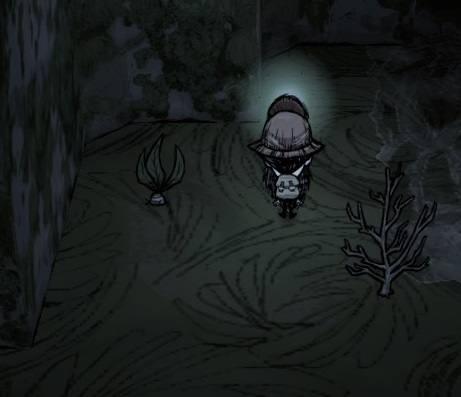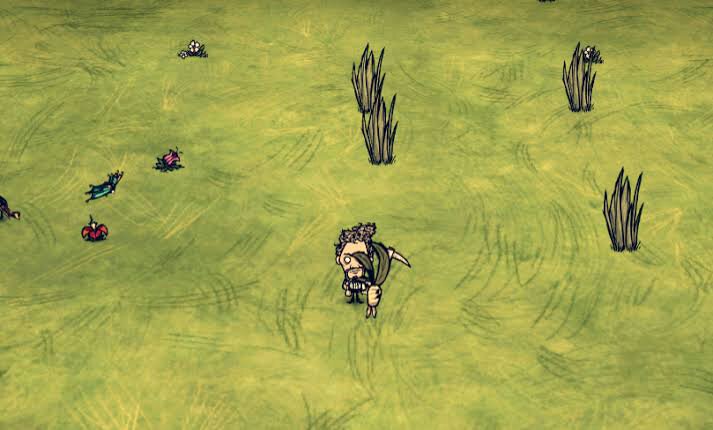

The alkaloids make the plant, in particular the root and leaves, poisonous, via anticholinergic, hallucinogenic, and hypnotic effects. Toxicity Īll species of Mandragora contain highly biologically active alkaloids, tropane alkaloids in particular. The English name of the plant derives from Latin mandragora through French main-de-gloire.

īecause mandrakes contain deliriant hallucinogenic tropane alkaloids and the shape of their roots often resembles human figures, they have been associated with magic rituals throughout history, including present-day contemporary pagan traditions such as Wicca and Odinism. They are usually either elliptical in shape or wider towards the end (obovate), with varying degrees of hairiness. The leaves are borne in a basal rosette, and are variable in size and shape, with a maximum length of 45 cm (18 in). They are highly variable perennial herbaceous plants with long thick roots (often branched) and almost no stem. They have been placed in different species by different authors.

Mediterranean mandrakes are perennial herbaceous plants with ovate leaves arranged in a rosette, a thick upright root, often branched, and bell-shaped flowers followed by yellow or orange berries. The plants from which the root is obtained are also called "mandrakes". A mandrake root, resembling a human form ( Science Museum, London)Ī mandrake is the root of a plant, historically derived either from plants of the genus Mandragora found in the Mediterranean region, or from other species, such as Bryonia alba, the English mandrake, which have similar properties.


 0 kommentar(er)
0 kommentar(er)
